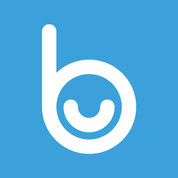Qarrot is a Employee Recognition Software. Qarrot offers Recognition Tracking, Points and Rewards, Manager-to-peer Recognition, Social Recognition, Peer-to-Peer Recognition and many more functionalities.
Some top alternatives to Qarrot includes Synergita, Cooleaf, WorkTango, Benefit One and Leapsome.
No, Qarrot doesn't provide API.
Yes, Qarrot provides a mobile app.
Qarrot is located in Montreal, Canada
Qarrot offers Free Trial, Subscription, Quotation Based pricing models
The starting price of Qarrot is $3/User/Month



































